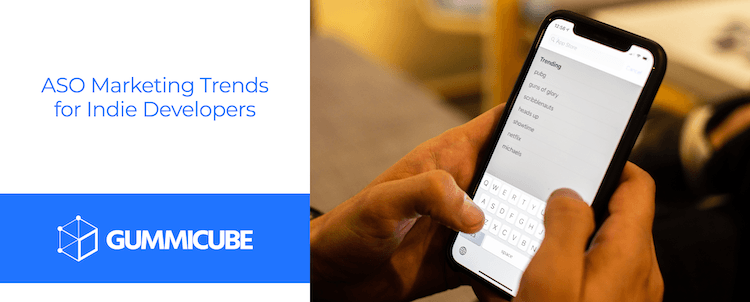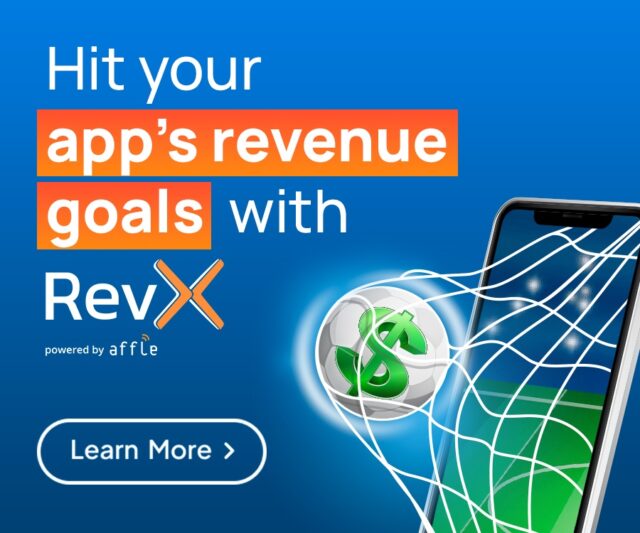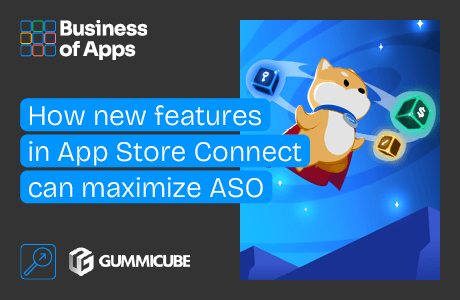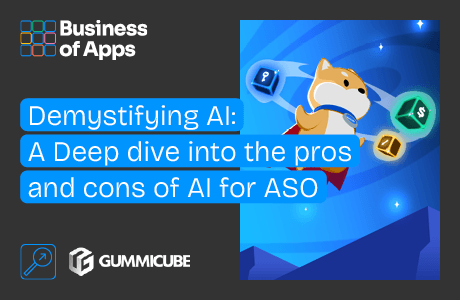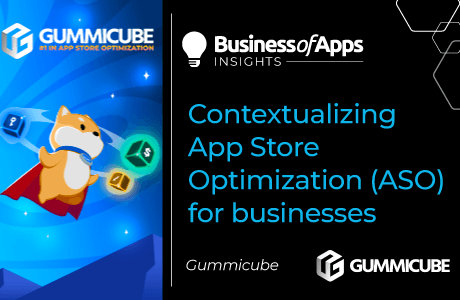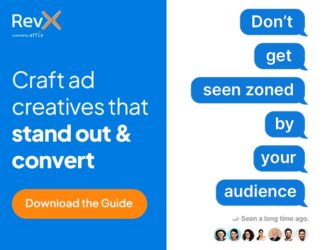While the first step towards mobile success is developing your app, the first hurdle it faces after launching is getting discovered. Some indie developers may be fortunate enough to get featured on the Apple App Store and Google Play Store, but for most, it’s difficult to get time in the spotlight. Others have tried using category rankings and affiliate programs, but those channels have diminished in recent years or been removed altogether. So how can an indie app get discovered now? Those that are looking to succeed and get discovered have turned to App Store Optimization – here’s how they do it.
Trending Strategies
Not all apps and developers have the same size and scale. Some come from huge organizations with massive marketing budgets, others are passion projects from new developers. We can’t look at the overall app market to determine one strategy that works for everyone, but for indie developers, we can look at what’s working within their average size and budget.
On average, indie apps spend around $6-10,000 a month on their App Store Optimization and marketing. This typically goes towards improving their organic search rankings on the app stores, testing and developing creatives, and launching Apple Search Ads and Google AdWords campaigns. It’s important to understand why they’re spending so much on those and how they pay off.
Organic Search
In the past, category rankings and app affiliate sites helped indie apps get discovered. Yet the landscape has changed, with Apple ending its affiliate program and category rankings losing their value as a source of discoverability as they’re buried within the App Store.
Today, search is the best method of discoverability. 70% of app downloads come directly from search, so apps that want to be discovered need to improve their rankings within searches.
Organic search provides a huge opportunity for indie developers, as indexing highly for search terms helps bring in users you don’t have to pay for. Organic users are already searching for apps and can find yours without needing a paid ad to direct them to it.
This is a matter of App Store Optimization. Keyword optimization in particular helps determine what search terms and phrases your app will index for. It’s important to choose keywords that are both popular search terms and related to the app and its features, then utilize them within the app store listings. Keyword optimization will also pay off during paid marketing campaigns.
Creatives
In order to improve your organic reach and conversion, developers can test creatives. Using creative campaigns or A/B testing to try out different creative sets can determine which designs provide optimal conversion, so the app can utilize the designs that bring in the most users.
Each test helps determine which elements appeal to users best, so future iterations can capitalize on them. The better a creative set is, the more likely it is to convert users, so constantly testing and improving the creatives can help attract new users to the app.
Using the most engaging creatives could also lower the app’s cost-per-install (CPI). The creatives can help the app stand out to users searching within the store, making them more likely to convert without having to spend extra to acquire them.
Search Ads & Google AdWords
In addition to organic search, iOS and Android developers are investing in paid platforms and marketing. There are several reasons behind this:
- Ads show up at the top of a search listing, placing it at a key position. As previously mentioned, 70% of app discoverability comes from search, so showing up at the top of the results is great for an app’s visibility.
- The click-through-rate (CTR) on paid bids increases organic rankings. Unlike other paid channels, every user that clicks on your ad improves the app’s ranking within organic searches. The paid relevancy is in part based on the app’s organic metadata, so keyword optimization pays off here as well.
- Traffic from Search Ads and AdWords tends to be higher quality than outside channels. Users searching the App Store or Google Play Store already intend to find and download an app – they create an interested and active market. They have better conversion and retention rates than users who download apps from outside sources, such as incentivized ads from another app.
Users who install an app only to earn free credits for another are more likely to uninstall the app shortly after. If their intention is only to gain an outside benefit, rather than the uses of the app itself, they’re unlikely to use the app any longer than it takes to get the reward. This is detrimental to the app in the long run, as both Apple and Google factor in uninstallation rates when determining keyword rankings.
Overall, Search Ads and Google AdWords provide better users and are more beneficial to keyword rankings than other advertising channels.
Conclusion
Indie developers looking to effectively market their app should strongly consider App Store Optimization. While there is no definite budget, between $6,000 and $10,000 a month is a good range to look at – this enables developers to invest in improving their organic ASO, which is complemented by paid marketing campaigns through Search Ads and AdWords.
This is only the tip of the iceberg that is ASO. There are many other ways App Store Optimization can help an app reach and appeal to users within the app stores – if you want to learn more, check out Gummicube and see all that ASO can provide for you.



